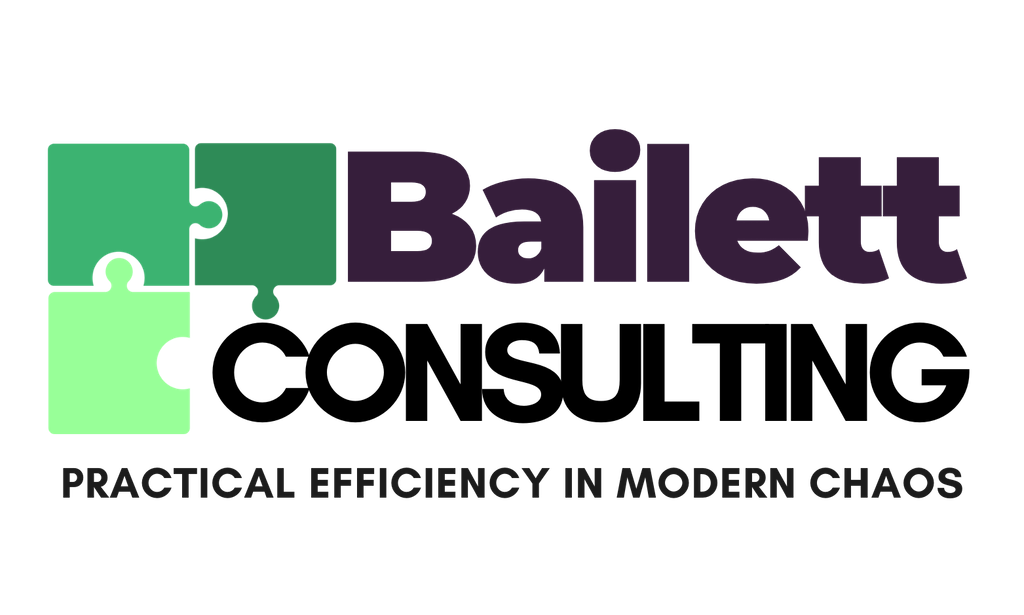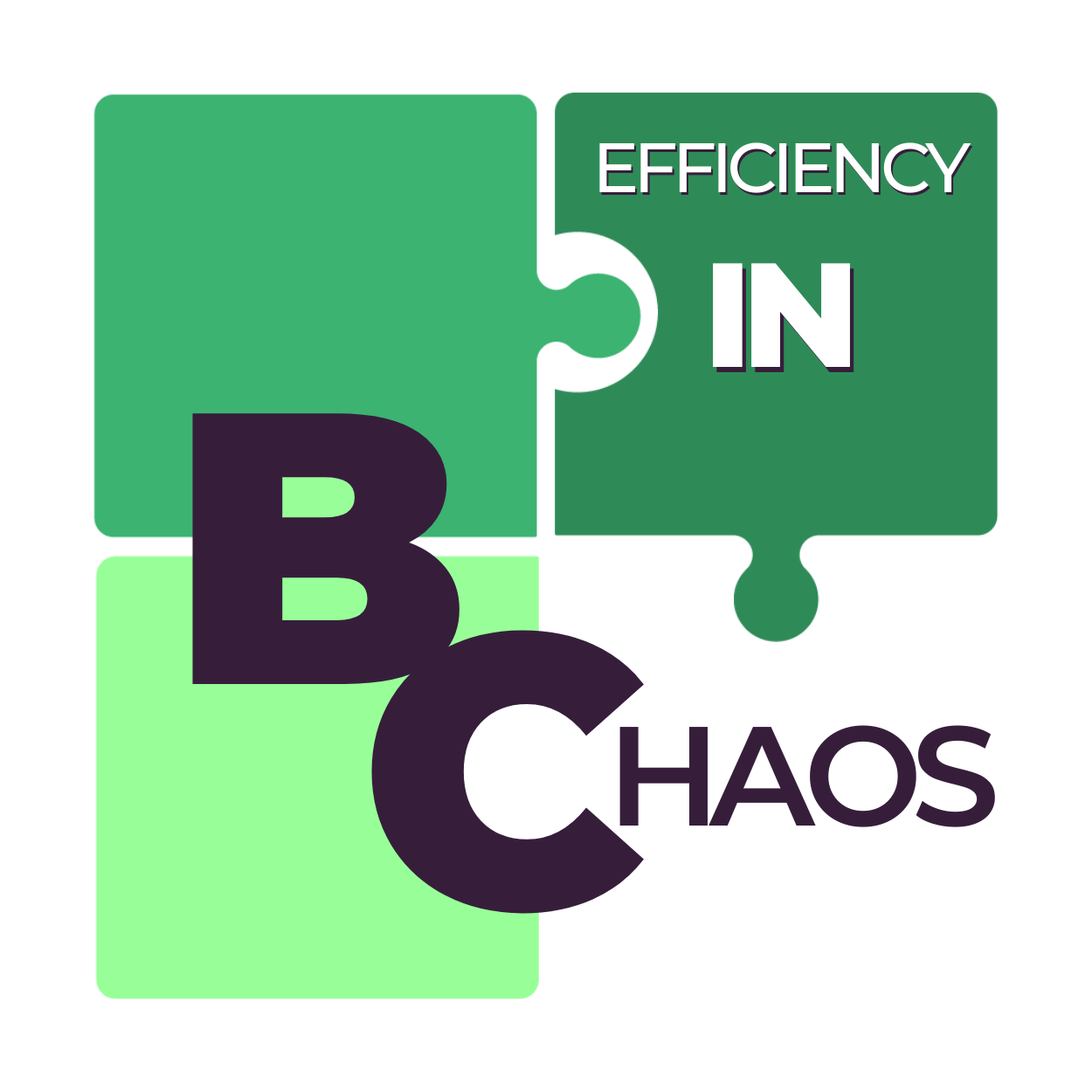Mastering Task Management
Do you ever feel like your to do list is running your life? Managing tasks effectively can seem overwhelming. However, with the right strategies, it does not have to be. Task management is about organizing, prioritizing, and completing your work in a way that minimizes stress, maximizes productivity, and moves you closer to your goal. Check out these simple, yet powerful, approaches to task management.
Why Task Management Matters
Task management is about freeing up mental space, reducing overwhelm, and ensuring that you are focusing on what truly matters. By improving your task management skills, you can:
Reduce procrastination.
Achieve your goals more efficiently.
Create a better work life harmony.
Step 1: Brain Dump All Your Tasks
Before you can manage your tasks, you need to know what they are. Keeping all the tasks you want to complete in your head contributes to overwhelm and decision fatigue. A brain dump is a great way to clear your mind and get everything onto paper or into a digital tool.
Take 10 minutes to write down every task, idea, or responsibility on your mind.
Do not worry about organizing the thoughts or tasks as you write them. Just focus on getting everything out of your brain.
Once you are finished, separate the tasks, ideas, or responsibilities and group similar tasks together (e.g., work tasks, personal errands, short term goals, long term goals).
In order to create clarity, a brain dump is the first step to reducing the feeling of being overwhelmed and ensuring you remember all the items you want to accomplish.
Step 2: Prioritize with Purpose
All tasks are not equal. Even though sometimes we mistakenly treat all tasks as equal. Some are proactive and critical to reaching your goals. Some are urgent for you. Some are urgent for other people. Some tasks can wait and even be eliminated completely. Learning to prioritize ensures that your time and energy are spent on the tasks and activities that help you reach your goals and create your ideal future.
Here are a couple prioritization techniques.
A Variation of The Eisenhower Matrix:
Categorize tasks into four quadrants:
Important / Not Urgent: Do these first as these are the items that are productive for you.
Urgent / Not Important: Schedule these, if you do these at all. As these types of tasks are likely for someone else.
Not Important / Not Urgent: These are often a waste of your time so you can minimize time spent, delegate, or eliminate.
Important / Urgent: These are required for you to attend to immediately and supersedes everything else.
An Urgency trigger list can help to really identify the tasks and activities that are truly urgent for you, your family, and your business. For more on Urgency Triggers read our blog, “Understanding Urgency: Setting Personal and Professional Urgency Triggers.”
ABCD Method: Assign each task a priority level:
A: The One High Priority task that must be done today.
B: Important tasks that should be done soon. Ideally, tasks to be completed in the current week.
C: Low priority tasks that would be nice to complete but have low consequences if not completed.
D: Tasks that can be delegated or discarded
For a deeper dive into these two techniques and another technique, check out our blog “Prioritization Methods for Solopreneurs and Micro-Businesses.”
Step 3: Reduce Tasks to the Ridiculous
Big, vague tasks like “Plan marketing campaign” can feel overwhelming because it is not clear where to start. Breaking your tasks into small, actionable steps makes them more manageable and gives you a clear idea of which task actually needs to be completed first. When breaking down your tasks, we really mean reducing the tasks to the ridiculous. Make the task so small and actionable it seems too easy to go down the list and complete each task one by one.
Example:
Instead of “Plan marketing campaign,” write:
Research target audience.
Create a draft timeline.
Brainstorm content ideas.
Put content ideas into the draft timeline.
Small steps provide clear direction, makes it easier to track progress, decreases overwhelm, and allows you to celebrate all the little wins. Celebrating the wins, even the little ones, are key to generating satisfaction while you get things done. Completing and celebrating the little wins increases motivation and productivity.
Step 4: Apply the 80/20 Rule
The Pareto Principle (the 80/20 rule) states that 80% of your results come from 20% of your efforts. Therefore it is critical to identify the high value tasks that have the most significant impact on your goals, prioritize those using a prioritization technique, and complete those tasks first in your productivity time block.
Ask yourself:
What tasks consistently move me closer to my biggest goals?
Which activities generate the most income or business growth?
What tasks, if done consistently, would have the greatest impact long term?
Once you identify your high value tasks, prioritize them, and complete them. These are the activities that drive real progress, increase efficiency, and bring you closer to your ideal future. Everything else you feel “needs” to be done create an interruptions time block to complete these tasks, delegate these tasks, or eliminate them all together.
Step 5: Time Block with Flexibility & Intentionality
Traditional time blocking often fails because people schedule what they want to happen and not what will likely happen. Instead of attempting to force yourself into rigid time slots, use a flexible structure that accounts for how you work best and allows for the inevitable interruptions.
How to Time Block Effectively:
Start with Energy Based Time Blocking
Instead of assigning tasks randomly, schedule them based on your natural energy levels.
Example: If you are the sharpest in the morning, block your focused work time then and save admin tasks for times when you have lower energy.
Identify when during the day you do your best thinking and when during the day you tend to get distracted. Then use this information to time block accordingly.
Time Block for Repeating Tasks & Habits
Ideally your most important work is done repeatedly throughout the week. Block time for repeating tasks so they become habits.
Example: Block "CEO Time" every Monday to review goals, financials, and team needs.
Create consistent time blocks throughout your week that reinforce key habits.
Use Contingency Blocks for Real Life
People often abandon time blocking because one unexpected event throws off their entire day. Instead of giving up on time blocking when things shift, build in contingency blocks.
Example: Reserve a 30 minute "Pick Up Time" in the afternoon to finish tasks that you wanted to complete that day but you have not yet done so.
If you get to the PIck Up Time Block and you do not need it you can use that time for proactive work or rest.
Batch Similar Tasks to Avoid Context Switching
The brain loses up to 40% of efficiency when constantly switching tasks. Instead of scattering tasks throughout the day, group similar activities together.
Example: Instead of checking emails throughout the day, batch them into two dedicated time blocks.
This helps you stay in deep focus mode and avoid losing momentum.
Protect Your Non Negotiable Time
Not all time blocks are created equal. Some are optional, and some are essential.
Identify your non negotiable blocks. These are the time blocks that contain the tasks that directly impact your goals and long term success.
Example: A non negotiable deep work block for revenue generating activities. If something comes up, everything else can move, however, this time block does not move.
Example of a Smarter, More Realistic Schedule:
8:30-9:00 AM: Prioritize tasks for the day (Non Negotiable)
9:00-11:00 AM: Deep work (Biggest goal related task)
11:00-11:30 AM: Emails & admin (Batch task)
12:00-12:30 PM: Lunch & recharge (Energy reset)
1:00-2:30 PM: Meetings or networking (Scheduled interaction)
3:00-3:30 PM: Pick Up Time (Contingency)
4:00-5:00 PM: Project work or execution (Focused block)
5:00-5:30 PM: Wrap-up & next-day prep (End of day routine)
This method takes real life into account while still maintaining an attainable structure. By incorporating energy based scheduling, batching, and contingency planning, you allow yourself the opportunity to stick to your time blocks instead of abandoning them when things change.
Step 6: Review and Adjust Daily
Reviewing your progress and adjusting your plan keeps you flexible and ensures you are always moving forward.
Daily Review Questions:
What did I accomplish today?
What tasks need to roll over to tomorrow?
Are there any tasks I can delegate or eliminate?
Spending 5 to 10 minutes reflecting on your day can help you stay on track, improve your process, and keep you motivated throughout the week.
Complicated systems are not required to become effective in your task management. By following these steps you can take control of your tasks and accomplish more with less stress. Start small and choose one strategy from above and implement it this week. As you build these habits, you will find it easier to manage your workload, meet your goals, and enjoy a greater sense of harmony and achievement. Remember Task Management is about making space for what truly matters.
Build the habit of consistency by prioritizing 2 tasks and executing them daily. Join our upcoming session of Consistency Boot Camp and get things done that truly matter.







